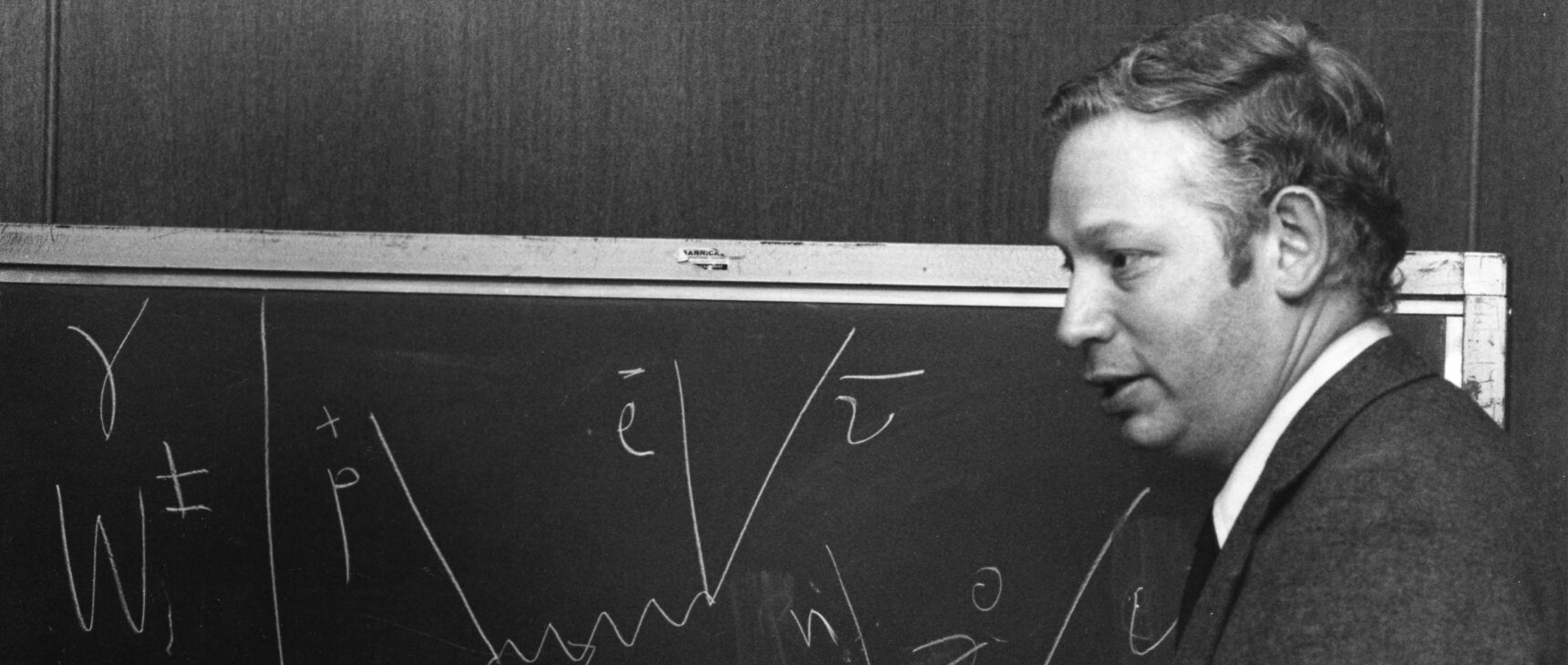Physicists Create a Bizarre ‘Wigner Crystal’ Made Purely of Electrons
Introduction
In 1934, Eugene Wigner, a pioneer of quantum mechanics, theorized a strange kind of matter — a crystal made from electrons. The idea was simple; proving it wasn’t. Physicists tried many tricks over eight decades to nudge electrons into forming these so-called Wigner crystals, with limited success. In June, however, two independent groups of physicists reported in Nature the most direct experimental observations of Wigner crystals yet.
“Wigner crystallization is such an old idea,” said Brian Skinner, a physicist at Ohio State University who was not involved with the work. “To see it so cleanly was really nice.”
To make electrons form a Wigner crystal, it might seem that a physicist would simply have to cool them down. Electrons repel one another, and so cooling would decrease their energy and freeze them into a lattice just as water turns to ice. Yet cold electrons obey the odd laws of quantum mechanics — they behave like waves. Instead of getting fixed into place in a neatly ordered grid, wavelike electrons tend to slosh around and crash into their neighbors. What should be a crystal turns into something more like a puddle.
One of the teams responsible for the new work found a Wigner crystal almost by accident. Researchers in a group led by Hongkun Park at Harvard University were experimenting with electron behavior in a “sandwich” of exceptionally thin sheets of a semiconductor separated by a material that electrons could not move through. The physicists cooled this semiconductor sandwich to below −230 degrees Celsius and played around with the number of electrons in each of the layers.
The team observed that when there was a specific number of electrons in each layer, they all stood mysteriously still. “Somehow, electrons inside the semiconductors could not move. This was a really surprising find,” said You Zhou, lead author on the new study.
Zhou shared his results with theorist colleagues, who eventually recalled an old idea of Wigner’s. Wigner had calculated that electrons in a flat two-dimensional material would assume a pattern similar to a floor perfectly covered with triangular tiles. This crystal would stop the electrons from moving entirely.
In Zhou’s crystal, repulsive forces between electrons in each layer and between the layers worked together to arrange electrons into Wigner’s triangular grid. These forces were strong enough to prevent the electron spilling and sloshing predicted by quantum mechanics. But this behavior happened only when the number of electrons in each layer was such that the top and bottom crystal grids aligned: Smaller triangles in one layer had to exactly fill up the space inside bigger ones in the other. Park called the electron ratios that led to these conditions the “telltale signs of bilayer Wigner crystals.”
After they realized that they had a Wigner crystal on their hands, the Harvard team made it melt by forcing the electrons to embrace their quantum wave nature. Wigner crystal melting is a quantum phase transition — one that is similar to an ice cube becoming water, but without any heating involved. Theorists previously predicted the conditions necessary for the process to occur, but the new experiment is the first to confirm it through direct measurements. “It was really, really exciting to see what we actually learned from textbooks and papers in experimental data,” Park said.
Past experiments found hints of Wigner crystallization, but the new studies offer the most direct evidence because of a novel experimental technique. The researchers blasted the semiconductor layers with laser light to create a particle-like entity called an exciton. The material would then reflect or re-emit that light. By analyzing the light, researchers could tell whether the excitons had interacted with ordinary free-flowing electrons, or with electrons frozen in a Wigner crystal. “We actually have direct evidence of a Wigner crystal,” Park said. “You can actually see that it’s a crystal that has this triangular structure.”
The second research team, led by Ataç Imamoğlu at the Swiss Federal Institute of Technology Zurich, also used this technique to observe the formation of a Wigner crystal.
The new work illuminates the infamous problem of many interacting electrons. When you put a lot of electrons into a small space, they all push on each other, and it becomes impossible to keep track of all the mutually intertwined forces.
Philip Phillips, a physicist at the University of Illinois, Urbana-Champaign who was not involved with the experiment, described Wigner crystals as an archetype for all such systems. He noted that the only problem involving electrons and electric forces that physicists know how to solve with just pen and paper is that of a single electron in the hydrogen atom. In atoms with even one more electron, the problem of predicting what the interacting electrons will do becomes intractable. The problem of many interacting electrons has long been considered one of the most difficult in physics.
Going forward, the Harvard team plans on using their system to answer outstanding questions about Wigner crystals and strongly correlated electrons. One open question is what happens, exactly, when the Wigner crystal melts; competing theories abound. Additionally, the team observed Wigner crystals in their semiconductor sandwich at higher temperatures and for larger numbers of electrons than theorists predicted. Investigating why this was the case could lead to new insights about strongly correlated electron behavior.
Eugene Demler, a theorist at Harvard who contributed to both new studies, believes that the work will settle old theoretical debates and inspire new questions. “It’s always much easier to work on a problem when you can look up the answers at the end of a book,” he said. “And having extra experiments is like looking up the answer.”




